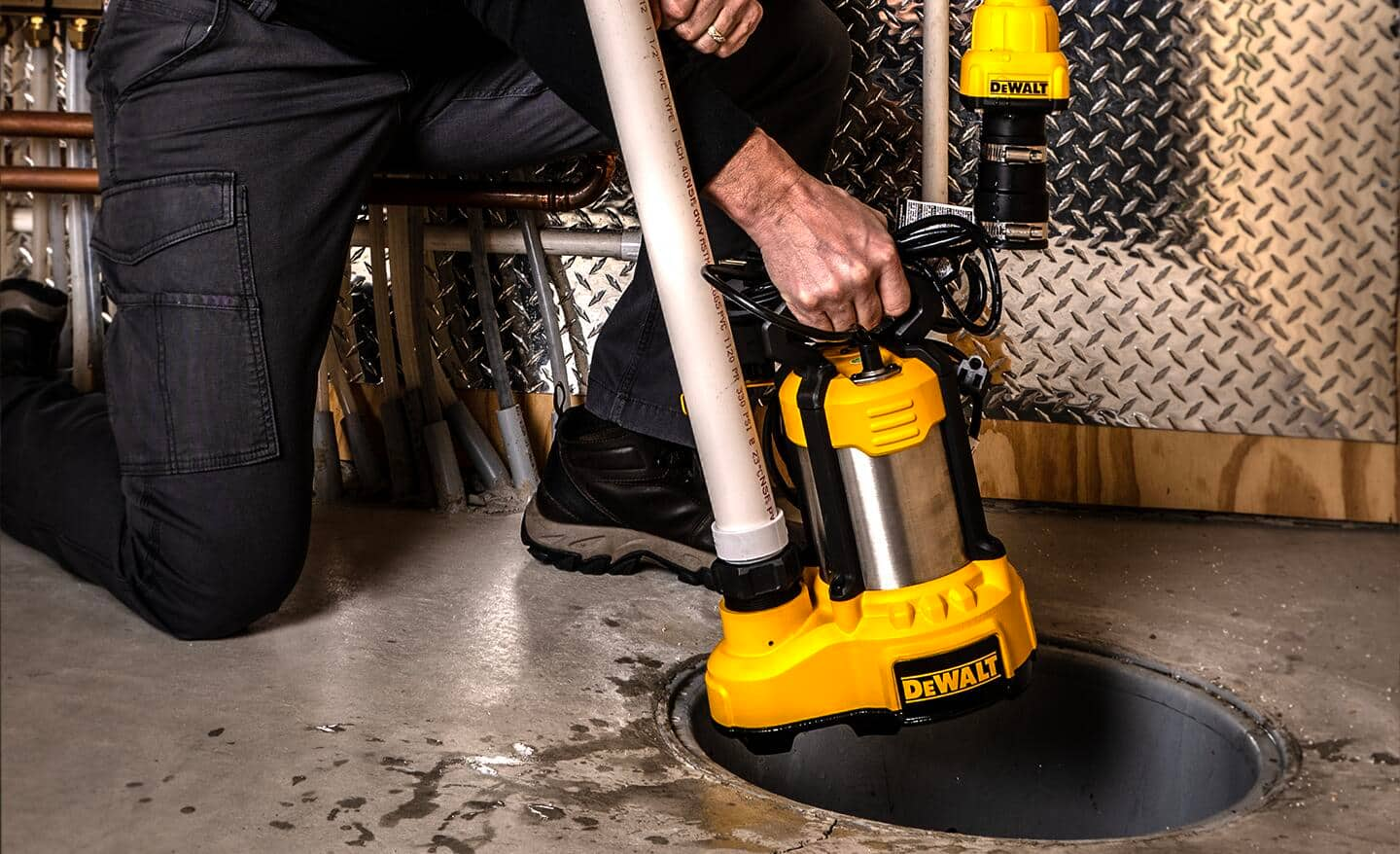Verified Methods for Cleaning a Sump Pump
Verified Methods for Cleaning a Sump Pump
Blog Article
What are your opinions about How to Care for Your Sump Pump?

Sump pumps are vital parts in many homes, especially in locations susceptible to flooding or extreme moisture. They aid prevent water damage by efficiently removing excess water from cellars or crawl spaces. Nonetheless, like any other device, sump pumps call for routine upkeep to guarantee they operate effectively when required the most. Cleansing your sump pump is an important part of its maintenance, and understanding how to do it correctly can conserve you from costly repairs and possible catastrophes.
Introduction
Keeping a tidy sump pump is vital for its correct functioning and long life. Overlooking this vital task can bring about obstructions, breakdowns, and inevitably, water damage to your home. For that reason, discovering how to clean a sump pump is vital for house owners that count on these devices to keep their basements dry and secured.
Indications of a Dirty Sump Pump
Knowing when your sump pump needs cleaning is crucial for protecting against prospective breakdowns. Some usual indicators that indicate a dirty sump pump include unusual noises during procedure, reduced water flow, and noticeable debris in the pit. If you observe any of these symptoms, it's important to clean your sump pump quickly to avoid any further issues.
Preparing for Cleansing
Prior to you start cleansing your sump pump, it's important to take some security precautions. Start by shutting down the power to the pump to prevent any kind of electrical accidents. In addition, wear proper protective equipment, such as gloves and goggles, to safeguard yourself from dust, particles, and potential virus.
Recognizing the Sump Pump
Before diving into the cleaning procedure, it's necessary to have a standard understanding of how a sump pump works. Typically mounted in a pit or container below the cellar floor, a sump pump includes a number of essential parts, including a pump, a float button, and a discharge pipe. When water accumulates in the pit, the float button activates the pump, which after that pumps the water out through the discharge pipe, away from the building's structure.
Step-by-step Overview to Cleaning a Sump Pump
Turning off the Power
Begin by separating the power supply to the sump pump to prevent any kind of accidents while cleaning.
Checking for Proper Functioning
Prior to reinstalling the pump, execute a fast examination to guarantee that the float switch turns on the pump properly. Pour some water right into the sump pit and observe the pump's procedure. If every little thing is operating appropriately, you can reassemble the pump and reconnect the power supply.
Removing Debris and Dirt
Use a container or a scoop to remove any kind of visible particles, dirt, or debris from the sump pit. Dispose of the debris correctly to avoid it from blocking the pump or the discharge pipeline.
Cleaning up the Pump and Drift Change
As soon as the pit is clear of particles, carefully get rid of the pump from the pit. Examine the pump and the float button for any kind of indicators of damages or wear. Use a soft brush or cloth to cleanse the surface areas and eliminate any type of gathered crud.
Purging the System
After cleansing the pump and float switch, purge the sump pit with tidy water to get rid of any continuing to be dust or sediment. This will aid ensure that the pump operates efficiently and successfully.
Upkeep Tips to Keep Your Sump Pump Clean
In addition to routine cleaning, there are several maintenance ideas you can follow to maintain your sump pump in optimum condition:
Final thought
Cleaning your sump pump is a crucial aspect of its upkeep and ensures that it runs successfully when you need it the most. By adhering to the actions laid out in this overview and integrating routine upkeep into your routine, you can extend the life-span of your sump pump and shield your home from water damage.
How To Inspect And Clean A Sump Pump
There are a few things you may want to look for when inspecting your sump pump. These include:
Leaks: If you notice any leaks around the sump pump, it likely needs to be repaired or replaced. Mud or Water: If there is any mud or water around the sump pump, it’s likely that it’s not working properly and needs to be cleaned. Noises: If you hear any strange noises coming from the sump pump, it may be indicative of a problem. Next, you’ll need to clean the sump pump. If you notice any of these issues, it’s best to clean the sump pump as soon as possible. To do this, you’ll need to remove the pump from its housing. Be sure to have a bucket handy to catch any water that may spill out. Once the pump is removed, use a brush or a spray nozzle to clean off all of the mud and debris. You may also want to check the impeller for damage or wear and tear. If you find any damage, you’ll need to replace the pump.
Once the pump is clean, reattach it to its housing and replace any parts that were removed. Be sure to test the pump before putting everything back in place. Once everything is back in order, put the cover back on the sump pit and refill it with water.
https://elekplumbing.com/blog/how-to-inspect-and-clean-a-sump-pump/

Hopefully you liked our part on Cleaning & Maintenance Tips for Your Home's Sump Pump. Thanks a ton for taking the time to browse our piece of content. Don't hesitate to pause to promote this blog posting if you enjoyed reading it. I am grateful for being here. Revisit us soon.
Details Here Report this page